Marghitu D.B., Irwin J.D. (ed.)0-12-471370-X
Table of contents :
Front Cover……Page 1
CHAPTER 01……Page 6
CHAPTER 02……Page 7
CHAPTER 03……Page 8
CHAPTER 05……Page 9
CHAPTER 07……Page 10
CHAPTER 08……Page 11
CHAPTER 09……Page 12
Apendix……Page 13
Preface……Page 14
Contributors……Page 16
1 Statics……Page 17
1.1 Terminology and Notation……Page 18
1.5 Unit Vectors……Page 20
1.6 Vector Addition……Page 21
1.7 Resolution of Vectors and Components……Page 22
1.8 Angle between Two Vectors……Page 23
1.10 Vector ( Cross) Product of Vectors……Page 25
1.12 Vector Triple Product of……Page 27
2.1 Position Vector……Page 28
2.3 Centroid of a Set of Points……Page 29
2.4 Centroid of a Curve, Surface, or Solid……Page 31
2.6 Mass Center of a Curve, Surface, or Solid……Page 32
2.7 First Moment of an Area……Page 33
2.8 Theorems of Guldinus ± Pappus……Page 37
2.9 Second Moments and the Product of Area……Page 40
2.10 Transfer Theorems or Parallel- Axis Theorems……Page 41
2.11 Polar Moment of Area……Page 43
2.12 Principal Axes……Page 44
3.1 Moment of a Bound Vector about a Point……Page 46
3.2 Moment of a Bound Vector about a Line……Page 47
3.3 Moments of a System of Bound Vectors……Page 48
3.4 Couples……Page 50
3.5 Equivalence……Page 51
3.6 Representing Systems by Equivalent Systems……Page 52
4.1 Equilibrium Equations……Page 56
4.2 Supports……Page 58
4.3 Free-Body Diagrams……Page 60
5. Dry Friction……Page 62
5.2 Kinetic Coefficient of Friction……Page 63
5.3 Angles of Friction……Page 64
2 Dynamics……Page 66
1.2 Numbers……Page 67
1.3 Angular Units……Page 68
2.1 Position, Velocity, and Acceleration of a Point……Page 69
2.2 Angular Motion of a Line……Page 70
2.3 Rotating Unit Vector……Page 71
2.4 Straight Line Motion……Page 72
2.5 Curvilinear Motion……Page 73
2.6 Normal and Tangential Components……Page 74
2.7 Relative Motion……Page 88
3.1 Newton’s Second Law……Page 89
3.3 Inertial Reference Frames……Page 90
3.4 Cartesian Coordinates……Page 91
3.5 Normal and Tangential Components……Page 92
3.6 Polar and Cylindrical Coordinates……Page 93
3.7 Principle of Work and Energy……Page 95
3.8 Work and Power……Page 96
3.9 Conservation of Energy……Page 99
3.10 Conservative Forces……Page 100
3.11 Principle of Impulse and Momentum……Page 102
3.12 Conservation of Linear Momentum……Page 104
3.13 Impact……Page 105
3.14 Principle of Angular Impulse and Momentum……Page 109
4.1 Types of Motion……Page 110
4.2 Rotation about a Fixed Axis……Page 111
4.3 Relative Velocity of Two Points of the Rigid Body……Page 112
4.4 Angular Velocity Vector of a Rigid Body……Page 113
4.5 Instantaneous Center……Page 115
4.6 Relative Acceleration of Two Points of the Rigid Body……Page 117
4.7 Motion of a Point That Moves Relative to a Rigid Body……Page 118
5.1 Equation of Motion for the Center of Mass……Page 126
5.2 Angular Momentum Principle for a System of Particles……Page 128
5.3 Equations of Motion for General Planar Motion……Page 130
5.4 D’Alembert’s Principle……Page 132
3 Mechanics of Materials……Page 134
1.2 Stress Components……Page 135
1.3 Mohr’s Circle……Page 136
1.4 Triaxial Stress……Page 140
1.5 Elastic Strain……Page 142
1.6 Equilibrium……Page 143
1.7 Shear and Moment……Page 146
1.8 Singularity Functions……Page 147
1.9 Normal Stress in Flexure……Page 150
1.10 Beams with Asymmetrical Sections……Page 154
1.11 Shear Stresses in Beams……Page 155
1.12 Shear Stresses in Rectangular Section Beams……Page 157
1.13 Torsion……Page 158
1.14 Contact Stresses……Page 162
2. Defection and Stiffness……Page 164
2.2 Spring Rates for Tension, Compression, and Torsion……Page 165
2.3 Deflection Analysis……Page 167
2.4 Deflections Analysis Using Singularity Functions……Page 168
2.5 Impact Analysis……Page 172
2.6 Strain Energy……Page 175
2.7 Castigliano’s Theorem……Page 178
2.9 Long Columns with Central Loading……Page 180
2.10 Intermediate- Length Columns with Central Loading……Page 184
2.11 Columns with Eccentric Loading……Page 185
2.12 Short Compression Members……Page 186
3.1 Endurance Limit……Page 188
3.3 Constant Life Fatigue Diagram……Page 193
3.4 Fatigue Life for Randomly Varying Loads……Page 196
3.5 Criteria of Failure……Page 198
4 Theory of Mechanisms……Page 204
1.2 Mobility……Page 205
1.3 Kinematic Pairs……Page 206
1.4 Number of Degrees of Freedom……Page 214
1.5 Planar Mechanisms……Page 215
2.1 Cartesian Method……Page 217
2.2 Vector Loop Method……Page 223
3. Velocity and Acceleration Analysis……Page 226
3.2 RRR Dyad……Page 227
3.3 RRT Dyad……Page 229
3.4 RTR Dyad……Page 230
3.5 TRT Dyad……Page 231
4.1 Moment of a Force about a Point……Page 238
4.2 Inertia Force and Inertia Moment……Page 239
4.3 Free- Body Diagrams……Page 242
4.4 Reaction Forces……Page 243
4.5 Contour Method……Page 244
5 Machine Components……Page 258
1.1 Screw Thread……Page 259
1.2 Power Screws……Page 262
2.2 Geometry and Nomenclature……Page 268
2.3 Interference and Contact Ratio……Page 273
2.4 Ordinary Gear Trains……Page 276
2.5 Epicyclic Gear Trains……Page 277
2.6 Differential……Page 282
2.7 Gear Force Analysis……Page 285
2.8 Strength of Gear Teeth……Page 290
3.2 Materials for Springs……Page 298
3.4 Helical Compression Springs……Page 299
3.5 Torsion Springs……Page 305
3.6 Torsion Bar Springs……Page 307
3.7 Multileaf Springs……Page 308
3.8 Belleville Springs……Page 311
4.1 Generalities……Page 312
4.3 Geometry……Page 313
4.4 Static Loading……Page 318
4.5 Standard Dimensions……Page 319
4.6 Bearing Selection……Page 323
5.1 Viscosity……Page 333
5.2 Petroff’s Equation……Page 338
5.3 Hydrodynamic Lubrication Theory……Page 341
5.4 Design Charts……Page 343
6 Theory of Vibration……Page 353
1 Introduction……Page 354
2. Linear Systems with One Degree of Freedom……Page 355
2.1 Equation of Motion……Page 356
2.2 Free Undamped Vibrations……Page 357
2.3 Free Damped Vibrations……Page 359
2.4 Forced Undamped Vibrations……Page 366
2.5 Forced Damped Vibrations……Page 373
2.6 Mechanical Impedance……Page 383
2.7 Vibration Isolation: Transmissibility……Page 384
2.8 Energetic Aspect of Vibration with One DOF……Page 388
2.9 Critical Speed of Rotating Shafts……Page 394
3. Linear Systems with Finite Numbers of Degrees of Freedom……Page 399
3.1 Mechanical Models……Page 400
3.2 Mathematical Models……Page 406
3.3 System Model……Page 418
3.4 Analysis of System Model……Page 419
3.5 Approximative Methods for Natural Frequencies……Page 421
4.1 The Machine Tool as a System……Page 430
4.2 Actuator Subsystems……Page 432
4.3 The Elastic Subsystem of a Machine Tool……Page 433
4.4 Elastic System of Machine- Tool Structure……Page 449
4.5 Subsystem of the Friction Process……Page 451
4.6 Subsystem of Cutting Process……Page 454
7 Principles of Heat Transfer……Page 459
1. Heat Transfer Thermodynamics……Page 460
1.1 Physical Mechanisms of Heat Transfer: Conduction,……Page 465
1.2 Technical Problems of Heat Transfer……Page 469
2. Conduction Heat Transfer……Page 470
2.1 The Heat Diffusion Equation……Page 471
2.2 Thermal Conductivity……Page 473
2.3 Initial, Boundary, and Interface Conditions……Page 475
2.4 Thermal Resistance……Page 477
2.5 Steady Conduction Heat Transfer……Page 478
2.6 Heat Transfer from Extended Surfaces ( Fins)……Page 482
2.7 Unsteady Conduction Heat Transfer……Page 486
3.1 External Forced Convection……Page 502
3.2 Internal Forced Convection……Page 534
3.3 External Natural Convection……Page 549
3.4 Internal Natural Convection……Page 563
8 Fluid Dynamics……Page 572
1.3 Specific Weight……Page 573
1.4 Viscosity……Page 574
1.8 Bulk Modulus of Elasticity……Page 575
1.9 Statics……Page 576
1.10 Hydrostatic Forces on Surfaces……Page 577
1.12 Dimensional Analysis and Hydraulic Similitude……Page 578
1.13 Fundamentals of Fluid Flow……Page 581
2.1 Absolute and Gage Pressure……Page 585
2.2 Bernoulli’s Theorem……Page 586
2.3 Hydraulic Cylinders……Page 588
2.4 Pressure Intensifiers……Page 591
2.5 Pressure Gages……Page 592
2.6 Pressure Controls……Page 593
2.7 Flow- Limiting Controls……Page 605
2.8 Hydraulic Pumps……Page 608
2.9 Hydraulic Motors……Page 611
2.10 Accumulators……Page 614
2.12 Fluid Power Transmitted……Page 616
2.13 Piston Acceleration and Deceleration……Page 617
2.14 Standard Hydraulic Symbols……Page 618
2.15 Filters……Page 619
2.16 Representative Hydraulic System……Page 620
9 Control……Page 624
1. Introduction……Page 625
1.1 A Classic Example……Page 626
2. Signals……Page 627
3.1 Transfer Functions for Standard Elements……Page 629
3.2 Transfer Functions for Classic Systems……Page 630
4. Connection of Elements……Page 631
5. Poles and Zeros……Page 633
6.1 Input Variation Steady- State Error……Page 636
6.2 Disturbance Signal Steady- State Error……Page 637
7. Time-Domain Performance……Page 641
8. Frequency-Domain Performances……Page 644
8.1 The Polar Plot Representation……Page 645
8.2 The Logarithmic Plot Representation……Page 646
8.3 Bandwidth……Page 650
9. Stability of Linear Feedback Systems……Page 652
9.2 The Nyquist Criterion……Page 654
9.3 Stability by Bode Diagrams……Page 661
10. Design of Closed-Loop Control Systems by Pole- Zero Methods……Page 662
10.1 Standard Controllers……Page 663
10.2 P- Controller Performance……Page 664
10.3 Effects of the Supplementary Zero……Page 669
10.4 Effects of the Supplementary Pole……Page 673
10.5 Effects of Supplementary Poles and Zeros……Page 674
10.6 Design Example: Closed- Loop Control of a Robotic Arm……Page 677
11. Design of Closed-Loop Control Systems by Frequential Methods……Page 682
12. State Variable Models……Page 685
13.1 Nonlinear Models: Examples……Page 691
13.2 Phase Plane Analysis……Page 694
13.3 Stability of Nonlinear Systems……Page 698
13.4 Liapunov’s First Method……Page 701
13.5 Liapunov’s Second Method……Page 702
14. Nonlinear Controllers by Feedback Linearization……Page 704
15.1 Fundamentals of Sliding Control……Page 708
15.2 Variable Structure Systems……Page 713
A. 1 Differential Equations of Mechanical Systems……Page 716
A. 3 Mapping Contours in the……Page 720
A. 4 The Signal Flow Diagram……Page 725
Appendix: Differential Equations and Systems of Differential Equations……Page 728
1.1 Ordinary Differential Equations: Introduction……Page 729
1.2 Integrable Types of Equations……Page 739
1.3 On the Existence, Uniqueness, Continuous Dependence……Page 779
1.4 Linear Differential Equations……Page 787
2.1 Fundamentals……Page 829
2.2 Integrating a System of Differential Equations by the……Page 832
2.3 Finding Integrable Combinations……Page 836
2.4 Systems of Linear Differential Equations……Page 838
2.5 Systems of Linear Differential Equations with Constant……Page 848
B……Page 860
C……Page 861
D……Page 863
F……Page 865
G……Page 866
H……Page 867
K……Page 868
M……Page 869
N……Page 870
P……Page 871
R……Page 872
S……Page 873
U……Page 875
V……Page 876
Z……Page 877
Back Cover……Page 878
LinkToy : )~……Page 0
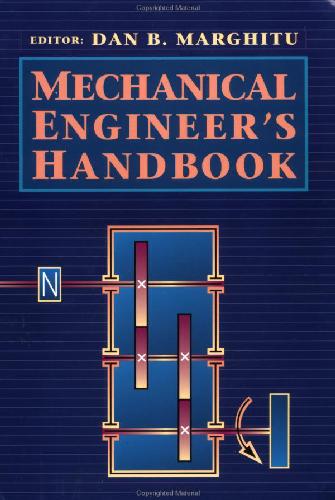
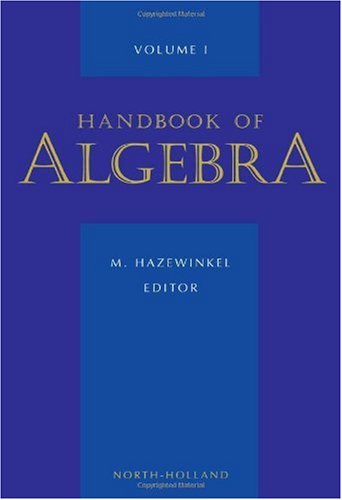
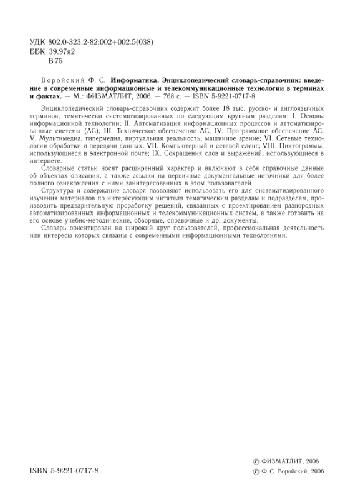

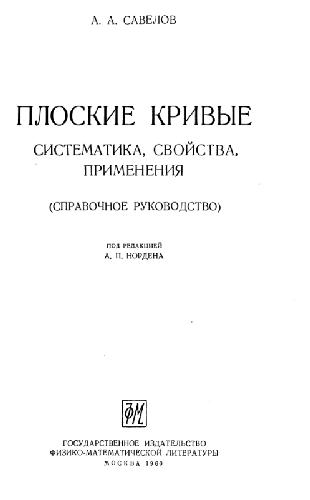
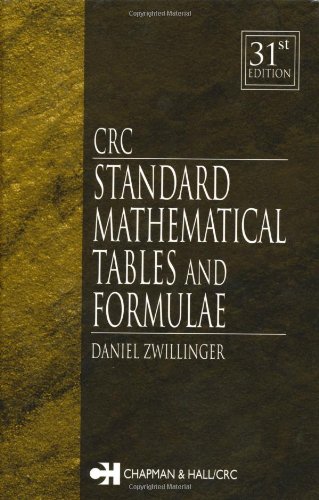
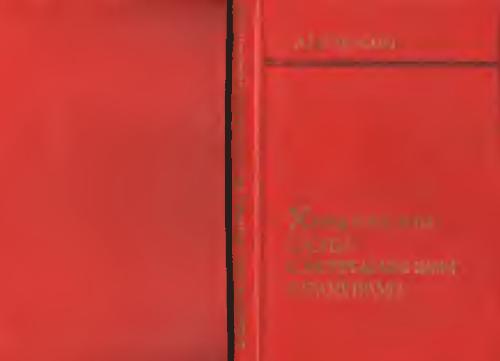
Reviews
There are no reviews yet.